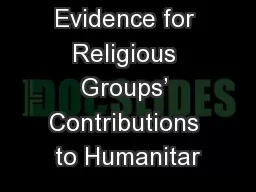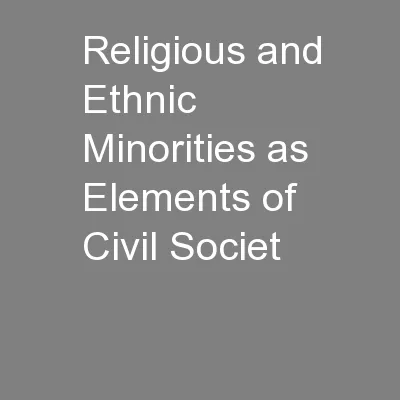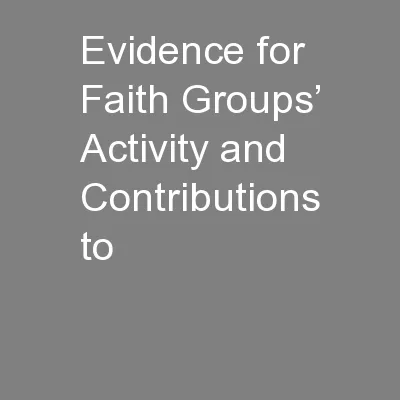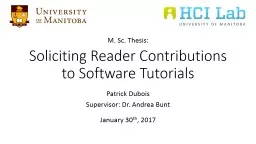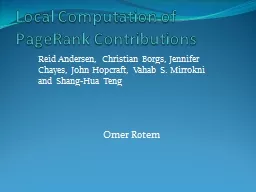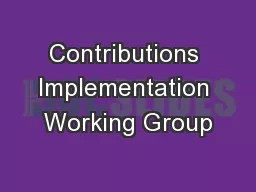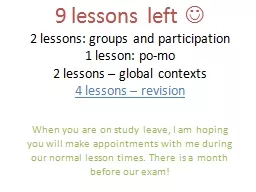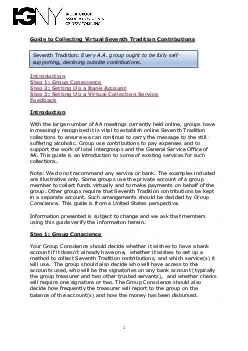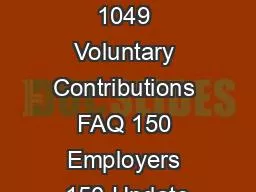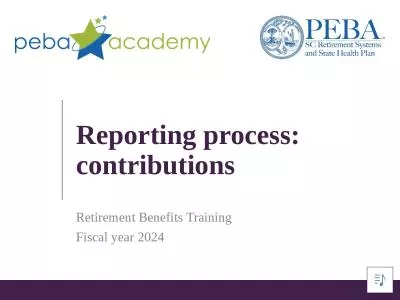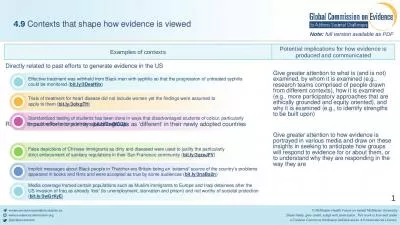PPT-Evidence for Religious Groups’ Contributions to Humanitar
Author : pamella-moone | Published Date : 2017-03-25
Based on Evidence Briefs produced by a nd launched at wwwjliflccom Overwhelming Humanitarian Need Requires Engagement of All Actors including Religious Groups Over
Presentation Embed Code
Download Presentation
Download Presentation The PPT/PDF document "Evidence for Religious Groups’ Contrib..." is the property of its rightful owner. Permission is granted to download and print the materials on this website for personal, non-commercial use only, and to display it on your personal computer provided you do not modify the materials and that you retain all copyright notices contained in the materials. By downloading content from our website, you accept the terms of this agreement.
Evidence for Religious Groups’ Contributions to Humanitar: Transcript
Download Rules Of Document
"Evidence for Religious Groups’ Contributions to Humanitar"The content belongs to its owner. You may download and print it for personal use, without modification, and keep all copyright notices. By downloading, you agree to these terms.
Related Documents

